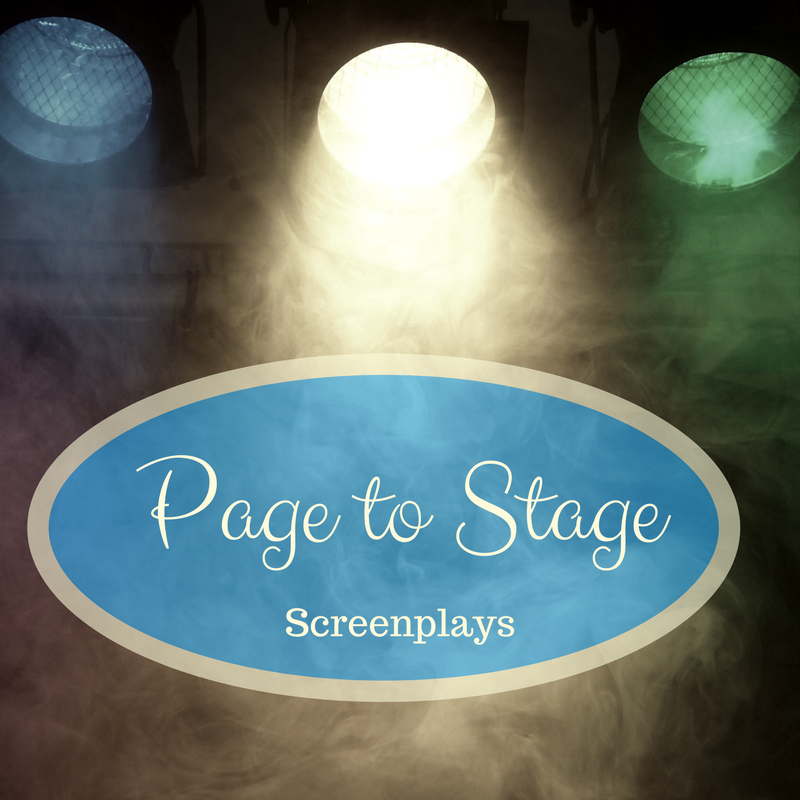Powerful stories make a strong impression on our audience. These stories bring change in our audience through the changes within the story themselves. Below are the common approaches to storytelling.
- Verbal
- Graphic
- Cinematic
Cinematic storytelling is told through the reenactment (dramatization) of events on screen. It uses the conventions of film to tell a story through actors both visually and audibly.
“Don’t write about a character. Become that character, and then write your story.”
New York Times best-selling author, Ethan Canin
Screenwriting dramatizes a story in one of two ways, plot-driven or character-driven storytelling.
Character-Driven
Simply put, character-driven storytelling puts more emphasis on the characters (thoughts, arcs, and character changes). Ideally, the audience will be able to relate and find themselves in the story.
“There’s a magic to being present when you’re writing a character.”
Reid Carolin
This approach allows the audience to see a character’s flaws, fears, and desires. As you can guess, this will increase the impact of the message and make your overall story more powerful. Below are a few popular character-driven movies:
In each of the above examples, we can see the changes—internal or external—in the protagonists. Our goal is to connect with our audience and hopefully inspire them to change as well.
Robert McKee warns, “All stories are ‘character-driven.’ Event design and character design mirror each other. Character cannot be expressed in depth except through the design of story.” All stories revolve around our characters, but character-driven stories are more focused on the change within our characters during the storytelling process.
Our approach to storytelling can be determined by our goal of telling the story in the first place. Why do you want to tell these particular characters’ stories and what benefit will it be to them and our audience as well? Writers have to know their endgame—their purpose for telling a story.
Know Your Purpose
“It’s not until you really throw your character into the story that you can genuinely understand who they are.”
Oscar-nominated screenwriter and director, Elijah Bynum
Before you write your first word, know the purpose of your story. Storytelling is a form of communication, and we each have something unique and special to share. Perhaps it’s personal, cultural, or maybe a universal issue that will connect with others. Below are some common topics writers use in their storytelling:
- Social issues (climate justice, health care, racial injustice, gun violence).
- Love
- Good versus evil
- Perseverance
- Hope against all odds
- Inspirational stories
In my case, I choose to tell stories about characters with disabilities or special needs, how they change on their journey and how they affect the worlds in which they live within my stories. Your story’s message will direct your story, whether it’s plot-driven or character-driven storytelling.

Martin Johnson survived a severe car accident with a (T.B.I.) Traumatic brain injury which left him legally blind and partially paralyzed on the left side. He is an award-winning Christian screenwriter who has recently finished his first Christian nonfiction book. Martin has spent the last nine years volunteering as an ambassador and promoter for Promise Keepers ministries. While speaking to local men’s ministries he shares his testimony. He explains The Jesus Paradigm and how following Jesus changes what matters most in our lives. Martin lives in a Georgia and connects with readers at MartinThomasJonhson.com and on Twitter at mtjohnson51.





No Comments